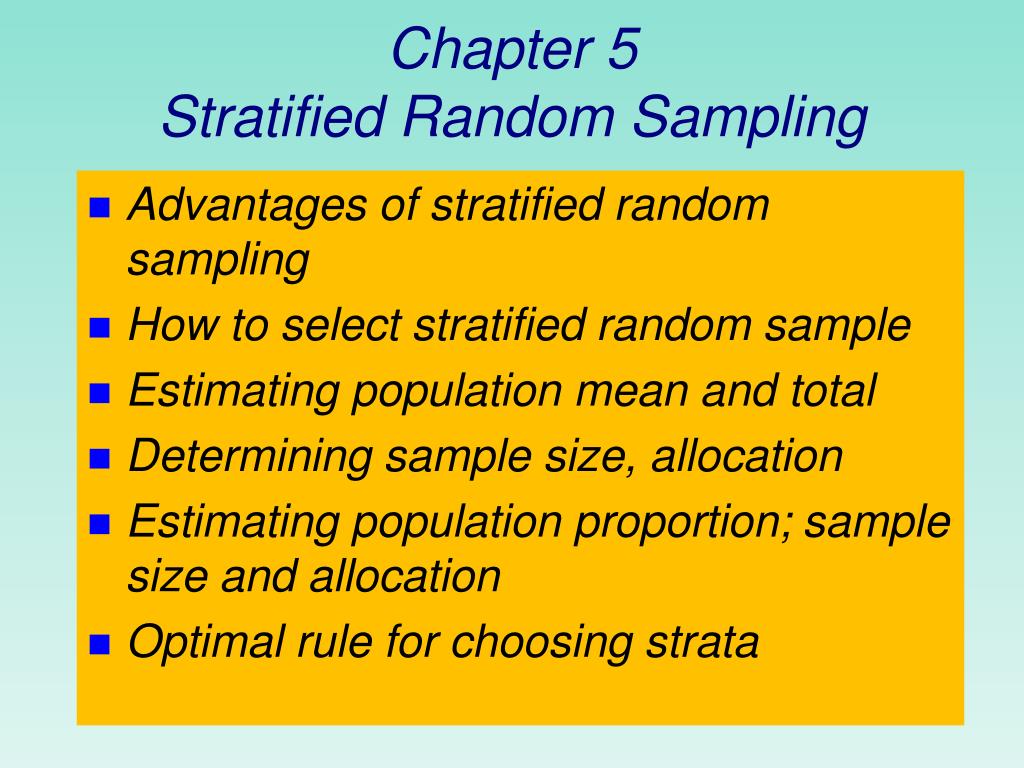
If another variation is discovered, the sample will be increased to 60. If it is discovered that one of the 25 people chosen did not attend training, the sample will be increased to 40 people. According to the table, if no variations are expected, the first sample size would be 25, and basic random or haphazard sampling would be used. How many deviations/failures are acceptable in testing the specified control.Įxample 1: You are given a population of all employees, which consists of 389 persons, and you want to ensure that all employees are receiving security awareness training.It is critical to examine the effects (both qualitative and quantitative) if a control is not functioning properly.

All of the controls that the auditor has chosen to test are significant, but there is a spectrum of relevance for each control. It is critical for building confidence and efficiency in the financial system. However, the information offered must be factual and balanced.Īuditing is necessary to verify that entities are not misrepresenting their financial statements and that relevant stakeholders are not making choices based on incorrect financial statements. The Canada Revenue Agency is the IRS’s Canadian counterpart (CRA).įinancial statements are created in accordance with accounting rules and are intended to give key decision-makers useful information. In the United States, the Internal Revenue Service (IRS) conducts audits to ensure the correctness of taxpayers’ tax returns. Government Audits – Government audits are conducted by government agencies to guarantee that financial accounts are correct.External Audits – Because internal audits may be impacted by conflicts of interest, external audits are undertaken by outside parties who are perceived to have more neutral perspectives.Internal Audits – Internal audits are undertaken by an organization’s internal staff, although they are typically not distributed outside of the corporation.Let’s see more about audit sampling methods, guidance, and examples that auditors can utilize in their auditing.Īuditing is essential for ensuring that businesses present their financial statements fairly and honestly. Audit sampling is extremely helpful in these situations.

The auditor will typically have no specific knowledge of other account balances and transactions that, in his opinion, must be evaluated in order to meet his audit goals. He takes this knowledge into account while constructing his methods, which include audit sampling. The auditor is frequently aware of account balances and transactions that are more likely to include errors.


 0 kommentar(er)
0 kommentar(er)
